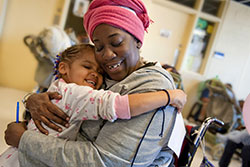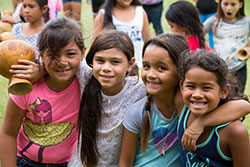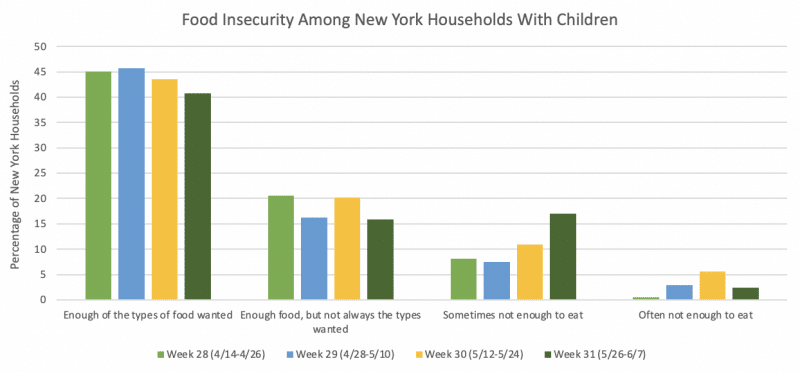As we enter the second half of 2021, New Yorkers continue to experience the numerous impacts of the COVID-19 pandemic, especially the pandemic-fueled rise in food insecurity. Although the rate at which New Yorkers are suffering from food insecurity is decreasing as compared to the beginning of the pandemic last year, the number of New York children and families without an adequate amount of food is still too high.
According to the New York State Health Foundation’s recent report, in March 2021, 12 percent of adult New Yorkers reported that there was either “sometimes” or “often” not enough to eat in their household within the last 7 days. This marks a decrease from the 14 percent of adult New Yorkers who reported household food insecurity in December 2020. However, New York State’s food insecurity rate was higher than the food insecurity rates reported in neighboring states for almost every month between May 2020 and March 2021.
Large disparities exist in food insecurity among New Yorkers of different races and ethnicities. In March 2021, 29 percent of Hispanic New Yorkers and 20 percent of Black New Yorkers reported household food scarcity in the last 7 days. These percentages were approximately 4 to 6 times higher than among white New Yorkers.
Furthermore, in March 2021, more than 1 in 5 adults with children in their household reported that the children were often or sometimes not eating enough in the prior week. This 20 percent rate of households with children experiencing food insecurity is the highest it has been since June 2020. Hispanic and Black adults with children in their household are most affected by food insecurity; in March 2021, 34 percent of Hispanic and 34 percent of Black adults living with children in the household reported child food scarcity. These percentages were approximately 3.5 times higher than those among white New Yorkers.
The New York State Health Foundation’s report includes data through March 2021, but since then, the rate of food insecurity among New York households with children remains concerning.
Source: U.S. Census Household Pulse Survey Data Tables
Between April and early June, the percentage of households reporting having “enough” of the types of food wanted decreased by approximately 4.3 percent while the percentage of households reporting “sometimes” not enough to eat rose by 8.9 percent.
New York’s communities of color continue to struggle with food insecurity at higher rates. Between May 26 and June 7, 30.1 percent of our State’s Hispanic or Latino households and 24.9 percent of Black households with children reported only “sometimes” having enough food while only 13.6 percent of White households with children reported only “sometimes” having enough food.
As social distancing and masking requirements are eased and the percentage of New Yorkers who are vaccinated increases, far too many New York families are evidently not being lifted from the struggle of food insecurity. As the school year ends, New York’s most vulnerable households need more support to ensure there is enough food on the table.





